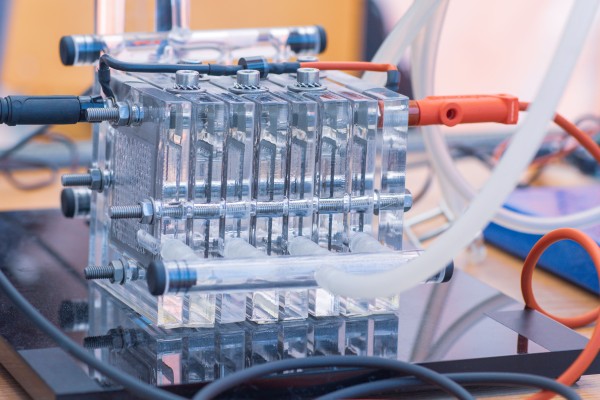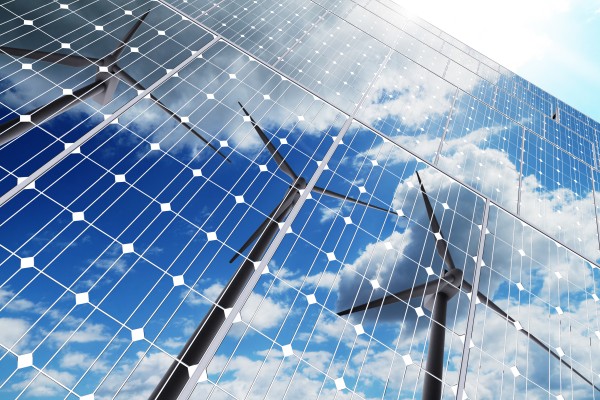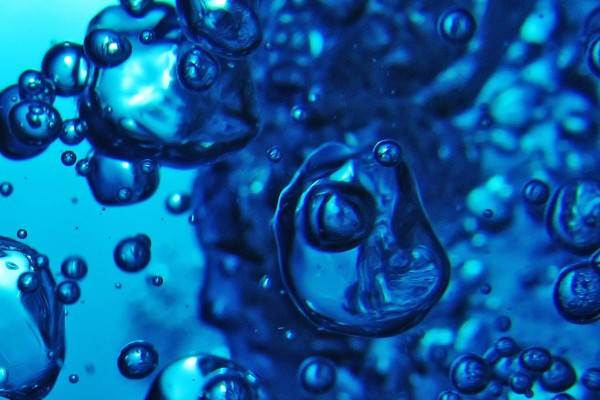The good news in storing energy in the form of Hydrogen is that it has a very high gravimetric energy content, i.e. it can store more than twice the energy per weight compared to hydrocarbons such as natural gas, petrol or diesel. However, unfortunately, at the same time it has a very low density. Therefore, its volumetric energy content is much lower compared to many other energy carriers, such as hydrocarbons (about one third of natural gas). This means that storing the same amount of energy with hydrogen requires a tank three times as large or pressure three times as high as natural gas.
This makes the storage and transport of hydrogen difficult, which is why not only the production (Electrolysis) but also the storage of hydrogen requires considerable amounts of energy, e.g. approx. 12 % of the energy content of hydrogen is used for compression to a pressure of 700 bar or approx. 20–30 % for cryogenic liquefaction (cooling to -252,882 °C or -423,188 °F).
Furthermore, evaporation/boil-off occurs during cryogenic hydrogen liquefaction and transport of liquid hydrogen due to unavoidable heat insulation losses. To prevent the pressure in the tanks from rising too much, the hydrogen gas is vented via a pressure relief valve, i.e. during transport losses occur.
Thus, with the rise of the hydrogen economy better and easier manageable hydrogen carriers are needed.











